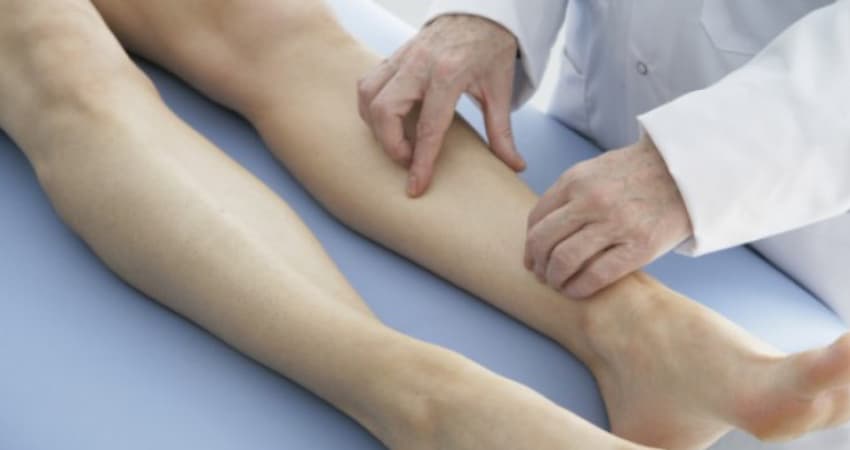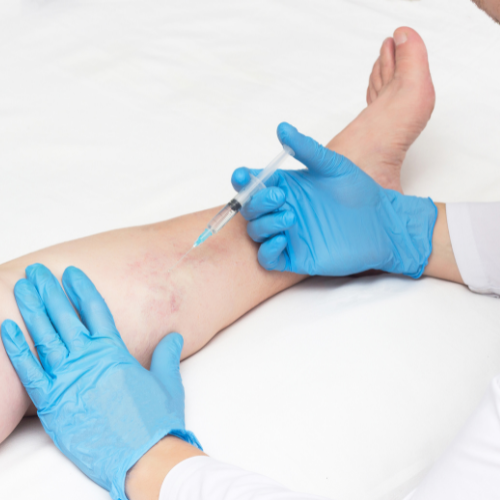Lower extremity intervention encompasses a range of medical procedures aimed at treating blood flow issues in the legs and feet, often due to peripheral artery disease (PAD). This condition arises when the arteries in the lower extremities become narrowed or blocked by plaque build-up. Interventional treatments can include angioplasty, stenting, and atherectomy, designed to restore adequate blood flow and alleviate symptoms.
This intervention is frequently recommended for individuals experiencing symptoms of PAD, such as leg pain when walking, non-healing sores or ulcers, coldness in the lower leg or foot, or color changes in the skin of the legs or feet. It’s vital to address these symptoms promptly as PAD can lead to critical limb ischemia, gangrene, and potential limb loss if left untreated.


Following a successful lower extremity intervention, patients typically notice a significant reduction in pain and enhanced mobility. The procedure can prevent the progression of PAD, reduce the risk of limb loss, and improve overall quality of life.
Post-procedure care often involves wearing compression stockings to support blood flow, taking prescribed medications to prevent blood clots and further plaque build-up, and engaging in regular exercise to promote circulation. Periodic follow-ups with the specialist are essential to monitor progress and ensure continued blood flow in the treated areas.
For optimal leg health and to prevent complications from PAD, early detection and treatment are crucial. Don’t let PAD dictate your mobility or quality of life. Book your appointment with our dedicated team now and step forward with confidence.
Copyright © 2023 Heart & Vascular Care Consultants LLC | All Rights Reserved.
Copyright © 2023 Heart & Vascular Care Consultants LLC | All Rights Reserved.